That link is correct. Handle the EditingControlShowing event of DataGridView. In this event handler, check if the current column is of your interest. And, then create a temporary combobox object :-
ComboBox comboBox = e.Control as ComboBox;
MSDN has a sample: See in the example section here.
Note the Inheritance Hierarchy & Class Syntax in the msdn link : -
public class DataGridViewComboBoxEditingControl : ComboBox,
IDataGridViewEditingControl
private DataGridView dataGridView1 = new DataGridView();
private void AddColorColumn()
{
DataGridViewComboBoxColumn comboBoxColumn =
new DataGridViewComboBoxColumn();
comboBoxColumn.Items.AddRange(
Color.Red, Color.Yellow, Color.Green, Color.Blue);
comboBoxColumn.ValueType = typeof(Color);
dataGridView1.Columns.Add(comboBoxColumn);
dataGridView1.EditingControlShowing +=
new DataGridViewEditingControlShowingEventHandler(
dataGridView1_EditingControlShowing);
}
private void dataGridView1_EditingControlShowing(object sender,
DataGridViewEditingControlShowingEventArgs e)
{
ComboBox combo = e.Control as ComboBox;
if (combo != null)
{
// Remove an existing event-handler, if present, to avoid
// adding multiple handlers when the editing control is reused.
combo.SelectedIndexChanged -=
new EventHandler(ComboBox_SelectedIndexChanged);
// Add the event handler.
combo.SelectedIndexChanged +=
new EventHandler(ComboBox_SelectedIndexChanged);
}
}
private void ComboBox_SelectedIndexChanged(object sender, EventArgs e)
{
((ComboBox)sender).BackColor = (Color)((ComboBox)sender).SelectedItem;
}
